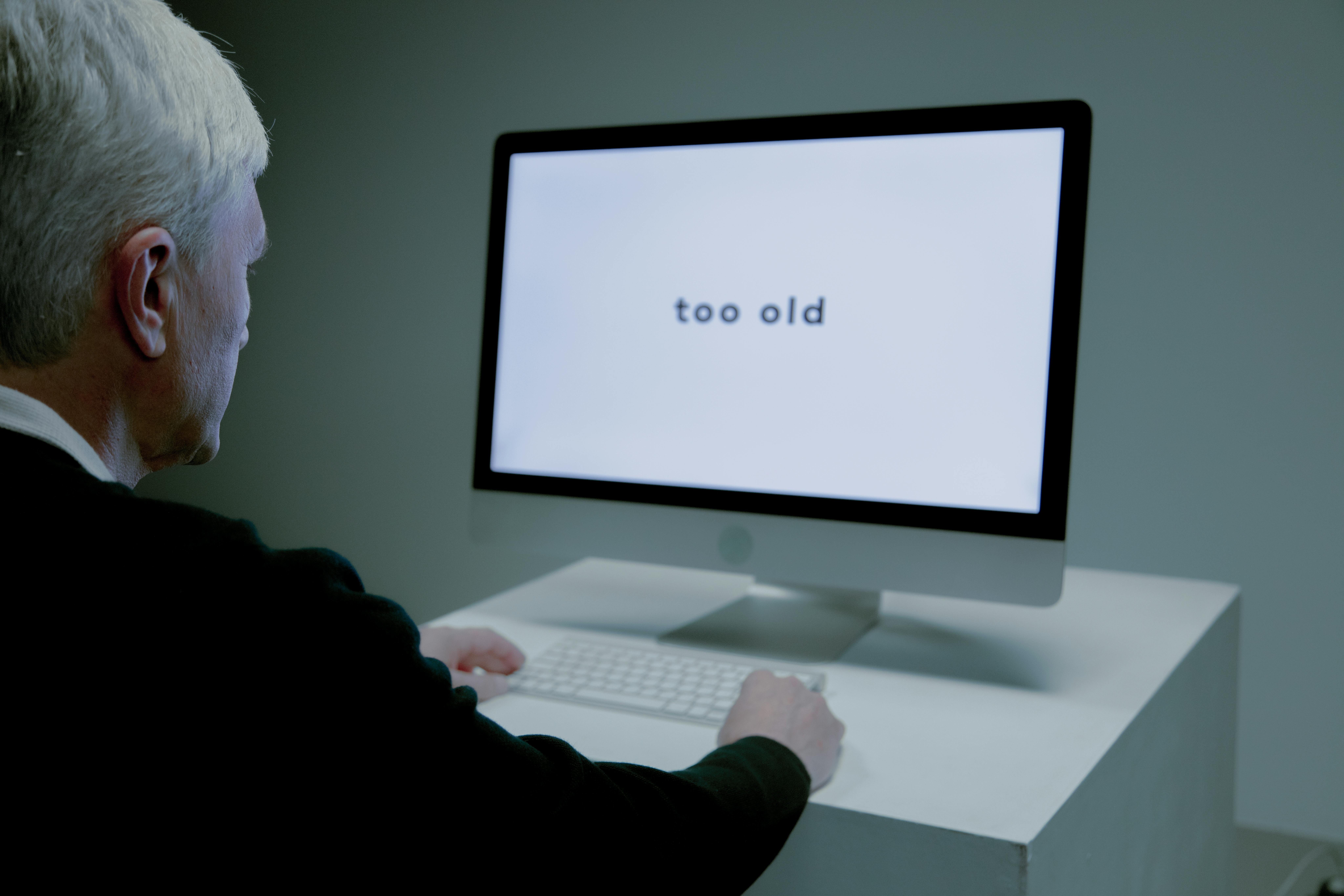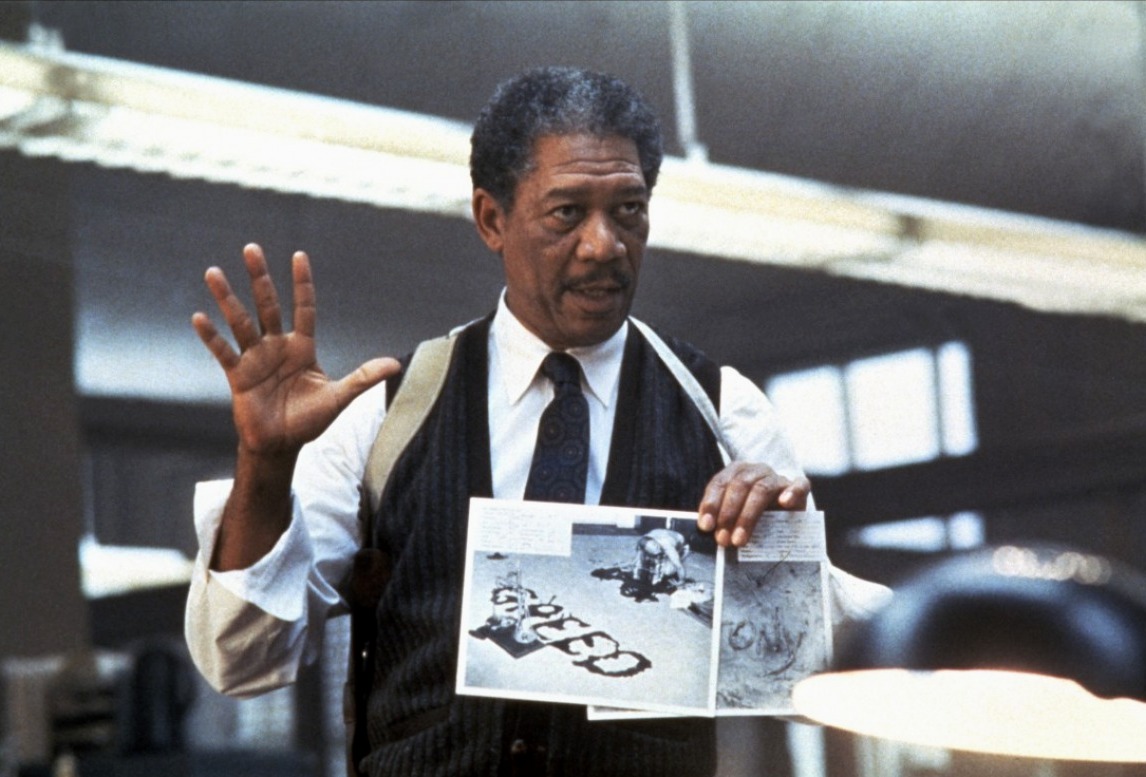
Has this ever happened to you? You sit down at your computer, eager to dive into your next masterpiece, but instead, you find yourself locked in a frustrating stare-down with a blank screen. Perhaps you manage to type a few promising lines, only to delete them minutes later, feeling utterly incapable of finding the right words to continue. It’s a common, disheartening experience where your inspiration inkwell seems to have suddenly run dry.
If you’ve ever suffered from writer’s block, or are currently in its grip, take solace in knowing you are far from alone. This pervasive challenge haunts even the most celebrated authors, artists, and creators throughout history. From Nobel laureates to bestselling novelists, countless literary giants have grappled with the paralyzing frustration of creative stagnation. The good news? Many of these visionary minds didn’t just suffer through it; they developed ingenious methods to push past these dry periods and continue their journeys to becoming successful writers.
Drawing insights from the rich experiences of authors like Maya Angelou, Neil Gaiman, Mark Twain, Ernest Hemingway, and Hilary Mantel, among others, we’ve compiled a powerful toolkit of strategies designed to help you reignite your inner wordsmith. This article unpacks 13 simple, yet profoundly effective, ways these literary legends overcame their creative blocks, offering you practical, actionable advice to get your words flowing again. Prepare to discover how even a minor shift in your approach can lead to monumental wins in your writing life.
1. **Embrace the “Just Write” Strategy**One of the most straightforward, yet often overlooked, pieces of advice for battling writer’s block comes from the incredible Maya Angelou. The author of *I Know Why the Caged Bird Sings* believed that writing, much like any art or sport, thrives on consistent practice. Inspiration isn’t something you wait for; it’s something you cultivate through dedicated effort, by simply pushing yourself to keep putting pen to paper, or fingers to keyboard, every single day.
Angelou candidly explained her approach: “What I try to do is write. I may write for two weeks ‘the cat sat on the mat, that is that, not a rat.’ And it might be just the most boring and awful stuff. But I try. When I’m writing, I write. And then it’s as if the muse is convinced that I’m serious and says, ‘Okay. Okay. I’ll come.’” This powerful philosophy underscores the importance of showing up, even when the words feel forced or uninspired. It’s about building a habit and signaling to your creative subconscious that you are serious about your craft, compelling the muse to eventually join you.
This concept aligns beautifully with Julia Cameron’s “morning pages,” a practice detailed in *The Artist’s Way*. The idea is to wake up and write three handwritten pages of whatever comes to mind, without pausing to edit or judge. This freewriting technique serves as a mental cleanse, processing stress, quieting the inner critic, and ultimately spurring creativity. The liberation comes from realizing that the goal isn’t perfection, but simply the act of writing itself, liberating your thoughts from their internal confines.
Freewriting, the technical term for writing without premeditation or planned structure, encourages your stream-of-consciousness to take over. You let go of judgment and overthinking. To kickstart this process, set a timer for five or ten minutes each day and commit to writing continuously for that duration. The more you integrate this into your routine, the more natural and even anticipated it becomes, often leading to genuine breakthroughs.
Read more about: Beyond the Box Office: Why the ‘No-Budget’ Film is Required Viewing for Every Aspiring Filmmaker

2. **Implement Neil Gaiman’s Hibernation Strategy**Imagine you’ve been making excellent progress on your novel or a lengthy blog post, only to suddenly hit a wall, unsure how to proceed with the story’s ending or the conclusion of your argument. It’s a common narrative challenge that can bring your writing to a grinding halt. Award-winning graphic novelist and children’s author Neil Gaiman offers a remarkably effective antidote to this specific form of creative paralysis: step away.
Gaiman advises: “Put it [your writing] aside for a few days, or longer, do other things, try not to think about it. Then sit down and read it (printouts are best I find, but that’s just me) as if you’ve never seen it before. Start at the beginning. Scribble on the manuscript as you go if you see anything you want to change.” This strategy is about creating distance from your work, allowing your mind to unconsciously process the problem without conscious pressure.
The magic happens when you return to your manuscript with fresh eyes, approaching it as a new reader. This detachment helps you spot inconsistencies, identify missing links, or suddenly see the logical progression that eluded you before. Gaiman notes, “And often, when you get to the end you’ll be both enthusiastic about it and know what the next few words are. And you do it all one word at a time.” It transforms an overwhelming obstacle into a clear, manageable path forward.
This “hibernation” method leverages the power of your subconscious mind. By consciously disengaging, you allow your brain to work on the problem in the background, making connections and finding solutions without the stress of active effort. When you revisit the text, those subconscious efforts often manifest as sudden insights, clarity, and renewed enthusiasm, proving that sometimes, the best solution is simply to pause and let your mind wander.

3. **Adopt Mark Twain’s Outlining Strategy**If you recall your grade school writing lessons, the mantra “Outline, outline, outline!” likely rings a familiar bell. This timeless piece of advice was also a cornerstone of famed American author Mark Twain’s strategy for overcoming creative blocks. Twain astutely observed, “The secret of getting ahead is getting started. The secret of getting started is breaking your complex overwhelming tasks into small manageable tasks, and then starting on the first one.”
This strategy is a direct attack on the intimidation factor that often accompanies large writing projects. When faced with a sprawling novel, an extensive research paper, or a complex series of articles, the sheer scope can be paralyzing. Breaking the project down into smaller, digestible components transforms an overwhelming undertaking into a series of achievable steps. Each mini-task becomes a stepping stone, reducing anxiety and making the starting point clear.
By proactively outlining, you preempt writer’s block by providing yourself with a clear roadmap. You don’t have to wake up each day wondering what to write or where to find inspiration, because your path is already laid out. Each day’s work becomes a specific, manageable goal, eliminating the mental burden of figuring out the next move and allowing you to maintain consistent progress without getting bogged down by uncertainty.
Mark Twain’s method is also about building momentum. Successfully completing a small, outlined task provides a sense of accomplishment, fueling your motivation for the next step. It’s a powerful psychological trick that keeps you moving forward, transforming a daunting journey into a series of rewarding sprints, ensuring that you consistently know exactly where you are going and what needs to be done next.
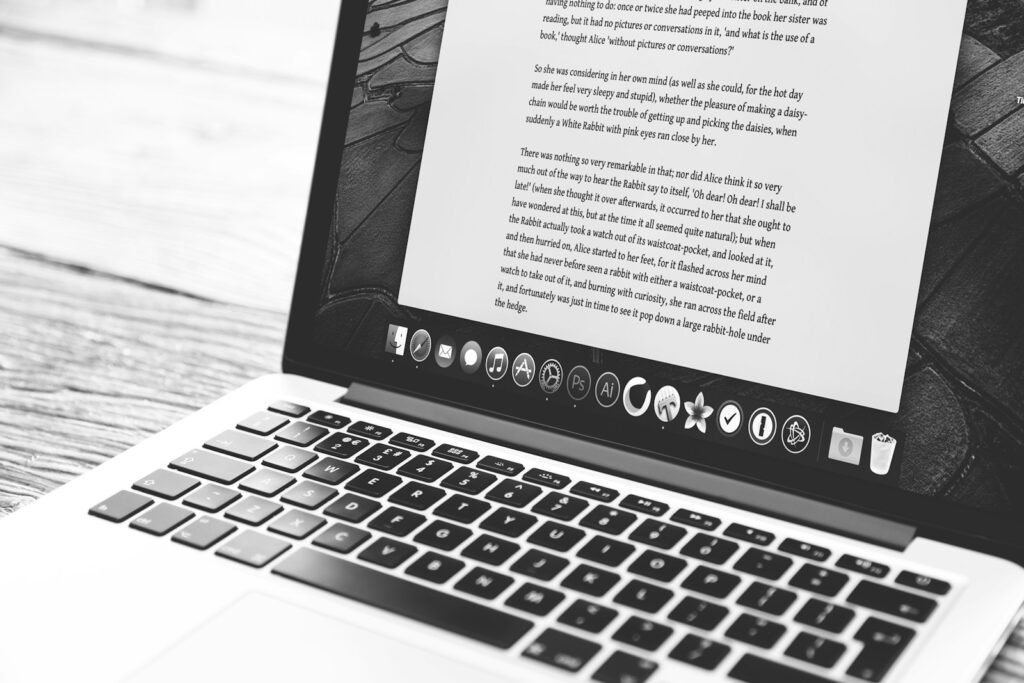
4. **Employ Ernest Hemingway’s Hoarding Strategy**Imagine you’ve been struggling with writer’s block, and suddenly, a torrent of inspiration floods your mind, unleashing a cascade of brilliant ideas. It’s a wonderful feeling, but Nobel Prize winner Ernest Hemingway offered a counterintuitive piece of advice: don’t exhaust your resources! His wisdom centered on the importance of conserving your creative energy and always keeping some inspiration in reserve to avoid future dry spells.
Hemingway famously explained, “The best way is always to stop when you are going good and when you know what will happen next. If you do that every day … you will never be stuck. Always stop while you are going good and don’t think about it or worry about it until you start to write the next day. That way your subconscious will work on it all the time.” This strategy ensures you always have a clear entry point for your next writing session, eliminating the dreaded blank page anxiety.
The brilliance of this approach lies in its ability to leverage your subconscious mind. By ending your writing session knowing precisely what comes next, your brain continues to process and develop those ideas in the background. This allows for a continuous flow of creative thought, so when you return to your work the next day, you’re not starting from scratch but picking up momentum from where your subconscious left off. Conversely, if you consciously think about or worry about it, you risk exhausting your mental energy before you even begin.
Hemingway’s method also offers a practical solution to writer’s block by ensuring that the initial inertia is always overcome before you even sit down. You’re not trying to find an idea; you’re simply continuing one. This not only prevents you from getting stuck but also transforms writing into a consistent, less intimidating daily practice. It’s about smart resource management for your most valuable asset: your creative mind.

5. **”Get Away From Your Desk” Like Hilary Mantel**Sometimes, the most effective way to conquer writer’s block is not to push harder at your desk, but to step away entirely and clear your mind. Creative stagnation often occurs because your brain is overwhelmed, cluttered with the demands and thoughts of daily life, leaving little space for inspiration to emerge. You need to actively create a void for new ideas to fill.
Award-winning British writer Hilary Mantel, author of *Wolf Hall*, offered insightful advice on this front: “If you get stuck, get away from your desk. Take a walk, take a bath, go to sleep, make a pie, draw, listen to music, meditate, exercise; whatever you do, don’t just stick there scowling at the problem.” The key here is to engage in activities that are mentally restorative and physically engaging, allowing your mind to reset without the pressure of direct problem-solving.
However, Mantel also cautioned against certain distractions: “But don’t make telephone calls or go to a party; if you do, other people’s words will pour in where your lost words should be. Open a gap for them, create a space. Be patient.” The goal is not merely to distract yourself, but to create a quiet, receptive space within your mind for your own thoughts and ideas to coalesce and reappear, rather than filling it with external input.
This approach is echoed by many famous writers, including Virginia Woolf, who emphasized the importance of solitude and physical movement like walking to stimulate thought. Friedrich Nietzsche famously stated, “All truly great thoughts are conceived by walking.” Whether it’s a brisk walk outdoors or even an indoor stroll, the physical act of walking can boost creative output significantly, as evidenced by a Stanford University study finding a 60% increase in creativity from walking.
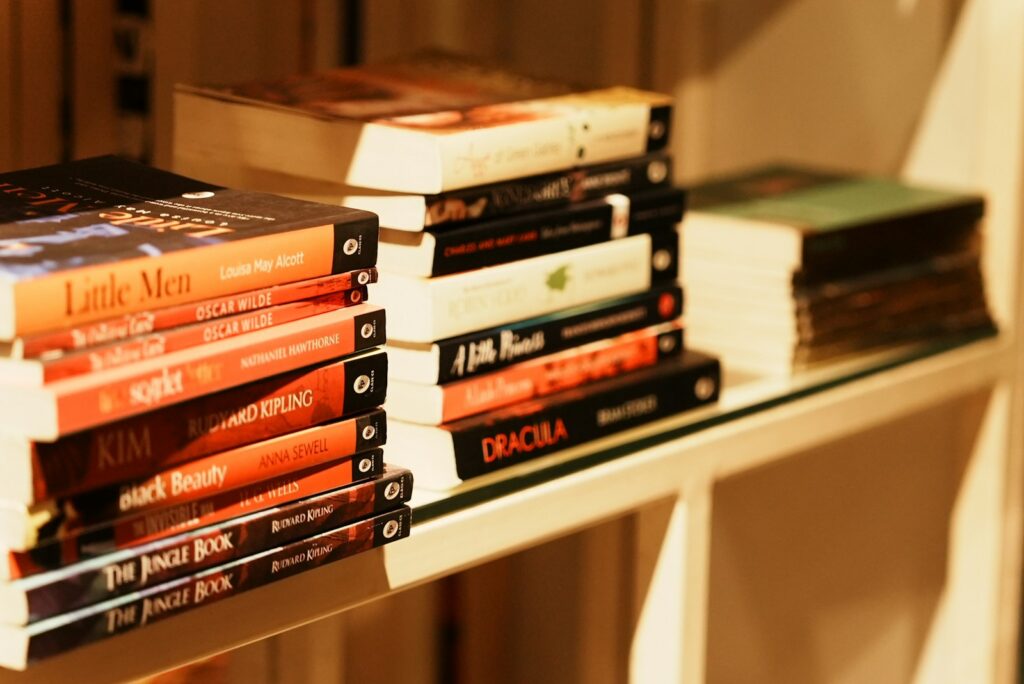
6. **Find Your Own Voice, Inspired by Ethan Hawke**Most writers have a pantheon of fellow authors or artists they deeply admire, whether it’s Quentin Tarantino for screenwriting or a beloved novelist whose prose resonates deeply. While appreciation for others is natural, a crucial step in overcoming creative hurdles and preventing duplication is to cultivate your own unique writing style. As screenwriter Ethan Hawke alluded to in a 2020 TED Talk, finding your voice is deeply tied to knowing yourself and following your love.
Hawke advises, “To express yourself, you have to know yourself. It’s actually super easy. You have to follow your love. There is no path. There’s no path till you walk it, and you have to be willing to play the fool. So don’t read the book that you should read, read the book you want to read. Don’t listen to the music that you used to like. Take some time to listen to some new music. Take some time to talk to somebody that you don’t normally talk to. I guarantee, if you do that, you will feel foolish. That’s the point. Play the fool.” His words are a powerful call to embrace curiosity and authenticity.
Developing your voice involves choosing language that truly reflects who you are and who you are writing for. It means allowing your unique life experiences to shine through in your work, making it genuinely yours. When crafting dialogue, think about the genuine conversations you’ve had, bringing that natural rhythm and authenticity to your characters. If you’re struggling with character development, consider basing them on people you know intimately—friends, family, or colleagues—to inject relatable personality and behaviors.
Discovering your distinctive voice is a journey that demands time and effort, but its rewards are immeasurable. It ensures your work stands out, feels authentic, and resonates more deeply with readers. By staying true to your passions and daring to explore, you unlock a wellspring of originality that bypasses the need to mimic, thus sidestepping a common root of creative block.
Read more about: The Quiet Revolution: 11 Intimate Indie Films Resonating Deeply in 2025’s Streaming Landscape
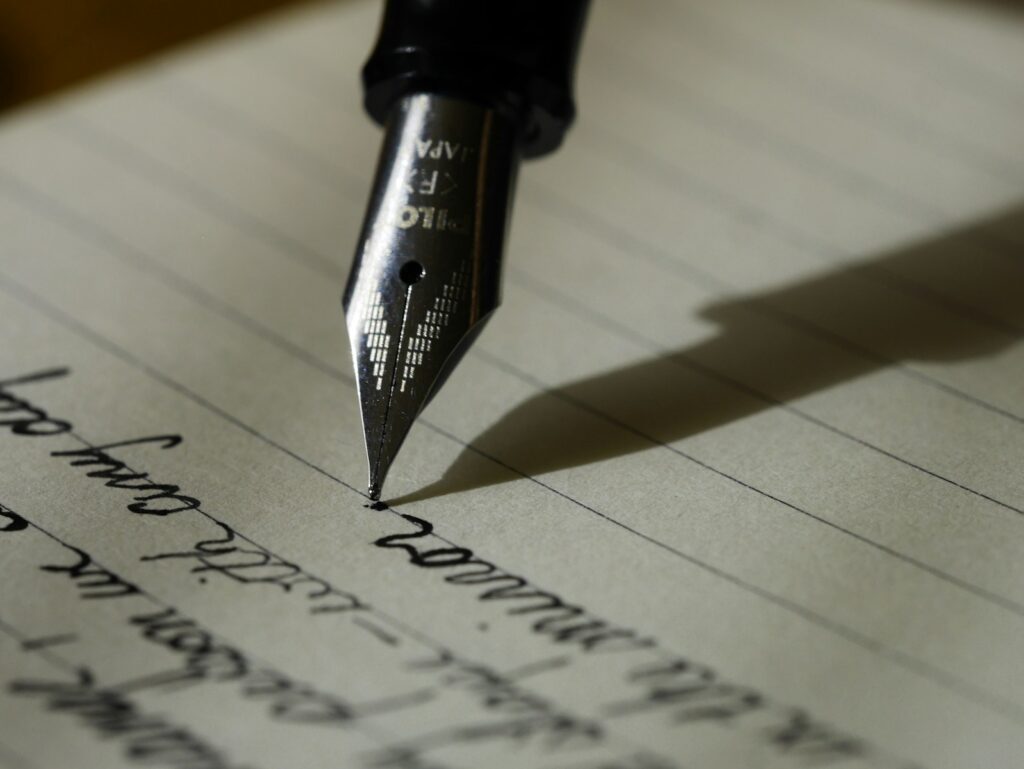
7. **Start a Journaling Practice, Following Joyce Carol Oates**Journaling is more than just a tool for mental well-being; it’s a potent weapon against writer’s block and a powerful exercise for refining your craft. As National Book award-winner and Princeton University creative writing professor Joyce Carol Oates emphasizes, “Keeping a journal sharpens our senses. It’s like an exercise in writing. If you’re describing a scene, you are practicing the act of writing—which is very important—and thinking in language.” Your journal becomes a versatile space for raw personal insights, character studies, dialogue practice, or inspiring quotes.
The primary goal of journaling isn’t perfection or publication; it’s about getting comfortable with daily, uncensored writing. Oates, in a Masterclass article, offers practical advice to make journaling a fruitful habit. Her first suggestion is to carry your journal everywhere. Whether you’re traveling, in a park, or on public transport, actively record the details of your environment—people, plant life, architecture, sounds, smells, and even food. This rigorous observation helps to develop your narrative style and significantly improves your descriptive writing skills.
Oates also recommends spontaneous journaling, taking advantage of odd hours and limited timeframes. Furthermore, she encourages you to seize opportunities to journal when you’re feeling tired, busy, or in a bad mood. These altered mental states can provide unique insights and raw material for future use, capturing emotions and perspectives that might otherwise be lost. It’s about embracing every moment as a potential source of creative fodder.
Her final piece of advice highlights the importance of allowing yourself to daydream. For Oates, this often involves going for a walk or run, processing ideas mentally, and then returning home to meticulously journal about those thoughts. This combination of physical activity, mental processing, and dedicated recording creates a powerful cycle for generating new material and maintaining a consistent connection to your creative wellspring, making writer’s block a far less frequent visitor.
The journey to sustained creative flow extends beyond immediate tactics; it delves into cultivating resilience, managing internal challenges, and adopting a holistic approach to your craft. As we transition from jumpstarting your words to maintaining that precious momentum, the following strategies from celebrated authors will arm you with deeper self-management techniques and psychological insights. These methods are designed to help you not only overcome present blocks but also prevent future ones, addressing insidious barriers like perfectionism, self-doubt, and burnout for enduring writing success.

8. **Let Go of Perfectionism, Like Margaret Atwood**Perfectionism often poses a silent but formidable barrier to creativity, that relentless inner critic scrutinizing every word before it’s even fully formed. This frequently leads to procrastination and, ultimately, writer’s block. Margaret Atwood, author of *The Handmaid’s Tale*, famously asserted, “If I waited for perfection, I would never write a word.” Her powerful statement reminds us that the pursuit of flawlessness can, paradoxically, prevent any writing from happening at all.
Recognizing that perfectionism and creativity rarely coexist harmoniously is the first step towards disarming this internal saboteur. The pressure to produce something impeccable from the outset can be paralyzing, stifling the spontaneity and experimentation that fuel innovative writing. Instead of aiming for an immediate masterpiece, prioritize the act of creation itself, understanding that revision and refinement are integral, later stages of the process, not prerequisites for the initial draft.
When you find yourself caught in the trap of endless editing or if procrastination creeps in, it’s a clear signal to step back. An effective way to counteract this is to put your work aside for a couple of days, creating mental distance. During this period, busy yourself with activities you genuinely enjoy—exercising, meeting a friend for coffee, or watching a movie—anything that allows your mind to disengage from the writing.
This deliberate pause allows your subconscious to process challenges without conscious pressure. Often, when you least expect it, solutions to tricky plot points or elusive endings appear. By embracing imperfection in the initial stages, you liberate your creative spirit and ensure that words, imperfect as they may be, actually make it onto the page.

9. **Confront Self-Doubt Head-On**Self-doubt stands as a pervasive and debilitating saboteur in any creative endeavor, whispering insidious questions like, “Who will want to read this?” or “Am I even good enough to write this story?” As the context vividly describes, this internal critic can transform the act of writing into a torturous exercise, making it feel like “trying to run a race with lead weights strapped to your ankles.”
This paralyzing sensation often stems from deeper fears—fear of failure, criticism, or even unconscious fear of success. It’s a protective mechanism that, ironically, prevents you from taking the necessary risks required for true creativity. Genuine vulnerability is essential; it demands a willingness to write imperfectly and expose your fledgling ideas to the world to produce something meaningful.
The initial step to disarm this inner critic is to recognize its voice and understand its motivations. By identifying these destructive thought patterns, you can challenge them, consciously replacing them with more constructive affirmations. Stephen King, who openly discussed his own struggles with self-doubt, advocated for acknowledging these feelings as a natural part of the creative process, encouraging writers to “keep writing, even when it feels difficult or futile.”
To actively counter self-doubt, acknowledge your fears without suppressing them. Challenge negative thoughts by questioning the evidence supporting them. Most importantly, focus on progress over perfection, celebrating small victories rather than fixating on perceived shortcomings. This shift in mindset empowers you to reclaim confidence and unlock your full creative potential.
Read more about: The Strategic Blueprint: How Martha Stewart Mastered Her Image Resurrection After Prison
10. **Combat Burnout with Strategic Self-Care**Burnout, that insidious feeling of profound exhaustion, cynicism, and detachment, is a silent killer of creativity that can subtly creep into a writer’s life. It manifests as a creative flame slowly being extinguished, leaving you “drained, unmotivated, and utterly incapable of producing anything worthwhile.” Its danger lies in its gradual onset, often going unnoticed until you are completely depleted, much like “running a marathon without training or refueling.”
This pervasive state of creative depletion is typically a confluence of several factors, including relentless overwork, insufficient sleep, chronic stress, and the burden of unrealistic expectations. A significant contributor is often a fundamental lack of balance. When writing consumes your entire focus, pushing aside other personal needs and interests, you become highly susceptible to burnout, a clear warning sign that your creative reserves are dangerously low.
To effectively prevent burnout and sustain a vibrant creative life, prioritizing self-care and establishing a sustainable writing routine are critical. This involves setting clear, realistic goals that break down large projects into manageable tasks, preventing overwhelm. Equally important are scheduling regular breaks, stepping away from your work to engage in enjoyable activities, even for just a few minutes, to recharge your mental batteries.
Furthermore, the context emphasizes making time for activities you enjoy, politely declining commitments that drain energy, and rigorously setting boundaries to protect your time and space. Prioritizing quality sleep—aiming for at least 7-8 hours each night—is also a non-negotiable component. By adopting these self-care practices, you ensure that writing remains a fulfilling marathon, not a punishing sprint, safeguarding your well-being and creative longevity.
Read more about: Elizabeth Hurley at 60: Unlocking Her Age-Defying Wellness Secrets, From Mindful Habits to Radiant Confidence

11. **Harness the Power of Movement and Mindfulness**Beyond simply stepping away from your desk, engaging in deliberate physical movement and mindful practices can profoundly impact your creative output. Friedrich Nietzsche famously declared, “All truly great thoughts are conceived by walking,” a sentiment echoed by countless authors like Joyce Carol Oates, Ernest Hemingway, and Virginia Woolf, who found inspiration on foot.
Scientific evidence strongly supports this anecdotal wisdom. A Stanford University study revealed that walking boosts creative output by an astonishing 60%, regardless of whether it occurs indoors or outdoors. This suggests the physical act of walking itself, rather than the environment, drives enhanced creativity. It’s a simple, accessible tool allowing the mind to wander, make connections, and generate fresh perspectives, often leading to breakthroughs.
Complementing movement, meditation offers another powerful avenue for unlocking creative potential. Getting “lost in an activity you enjoy” is described as being in a “flow state”—a highly productive and creatively charged mental space. Engaging in regular meditation can significantly improve your ability to tap into this flow state, making it a more consistent part of your creative process.
The scientifically documented benefits of meditation directly support creative endeavors: reduced stress and anxiety, enhanced self-awareness, improved attention span, and better sleep. Integrating both movement and mindfulness into your routine provides a holistic approach to sustaining inspiration and preventing creative stagnation.
Read more about: Beyond the Basics: 10 Budgeting Methods to Master Your Money and Achieve Financial Peace

12. **Embrace Failure as a Stepping Stone, Like J.K. Rowling**The path of a writer is often paved with rejections, critiques, and profound self-doubt. It’s easy to view these challenges as failures that threaten to extinguish your creative spark. Yet, J.K. Rowling, despite her phenomenal success, faced numerous rejections and personal challenges before her work reached the public, offering a powerful lesson in resilience.
Rowling famously advocates for embracing failure, not as an endpoint, but as a vital learning experience—a stepping stone toward literary achievement. The pressure to live up to high expectations, or the fear that not every piece will be perfect, can be a major catalyst for writer’s block. By accepting setbacks as an inevitable part of the process, and by extracting valuable lessons from them, writers can significantly alleviate the immense pressure that often leads to creative stagnation.
This psychological shift allows you to approach your craft with greater freedom and less anxiety. Instead of being paralyzed by the fear of not meeting an impossible standard, you become more willing to experiment, take risks, and produce work that is genuinely your own. Imperfections become opportunities for growth, rather than reasons to quit.
Embracing imperfection is a key strategy for overcoming blocks and fostering long-term creative health. As the context notes, “Persistence and Adaptability: Developing routines, seeking new inspiration, and embracing imperfection are key strategies for overcoming blocks.” Rowling’s journey teaches us that resilience in the face of adversity, coupled with the wisdom gleaned from what doesn’t work, is often the secret to not just overcoming a block, but ultimately thriving as a writer.
Read more about: 15 Profound Lessons from Those Who Lost Everything and Rose Again: A Guide to Rebuilding Your Life

13. **Diversify Your Creative Outlets, Following F. Scott Fitzgerald**When the well of narrative inspiration runs dry, sometimes the most effective solution isn’t to push harder on the same project, but to pivot to a completely different creative pursuit. F. Scott Fitzgerald, known for his eloquent portrayal of the Jazz Age, frequently employed this ingenious strategy. When stuck in his narrative works, he would often turn to “poetry or letter writing” as alternative forms of expression.
This deliberate act of switching between different forms of writing serves multiple purposes: it helps to keep the creative juices flowing, preventing stagnation, and crucially, it offers a fresh perspective on the problematic piece of work. The change of medium can be incredibly refreshing, breaking the monotony and allowing your mind to engage with language and ideas in a new, unburdened way. It’s a psychological trick that sidesteps the pressure associated with your main project.
The principle extends beyond just switching writing genres. Kendrick Lamar, the Grammy-winning rapper and songwriter, exemplifies this broader approach. When facing creative droughts, he would turn to “different art forms and experiences for inspiration.” Whether through travel, immersive reading, or engaging in other artistic expression, he actively sought ways to reignite his passion for storytelling. This diversification prevents your mind from becoming fixated on a single problem.
By consciously engaging with varied creative outlets, you enrich your artistic vocabulary, develop new skills, and provide your subconscious with a fresh supply of raw material. This multifaceted approach acts as a powerful preventative measure against creative blocks, ensuring that even if one avenue feels obstructed, there are always other pathways to keep your imaginative engine running.
These deeper strategies – from letting go of perfectionism and confronting self-doubt to embracing self-care, movement, mindfulness, and diversifying your creative toolkit – offer more than just quick fixes. They are invitations to cultivate a resilient, adaptable, and genuinely fulfilling writing life. Remember, creative struggles are a natural part of the process, but as these literary legends demonstrate, they are never insurmountable. Equip yourself with these powerful insights, trust your journey, and let your unique voice continue to shape the stories only you can tell. Your next breakthrough is always within reach.

